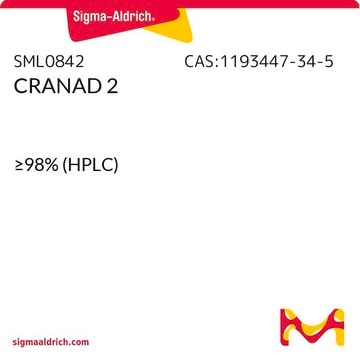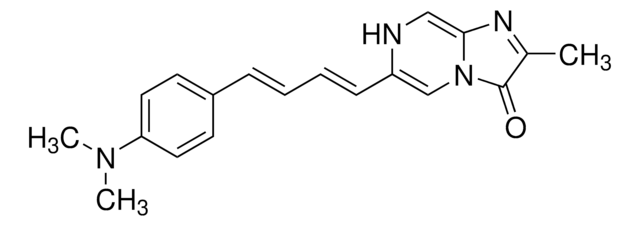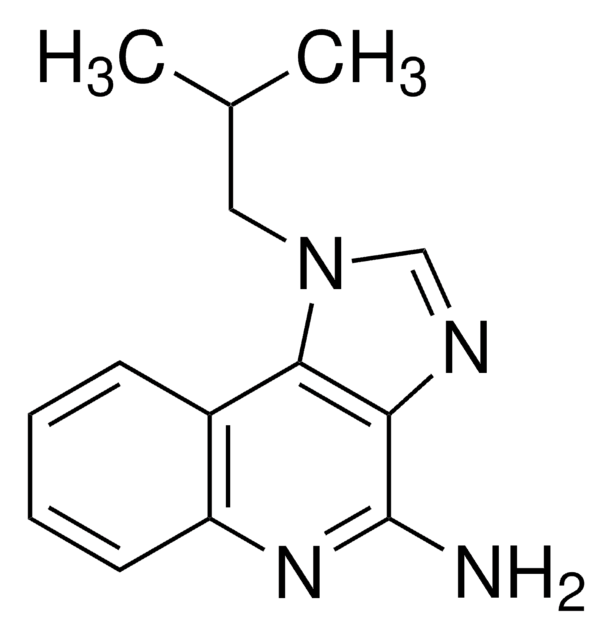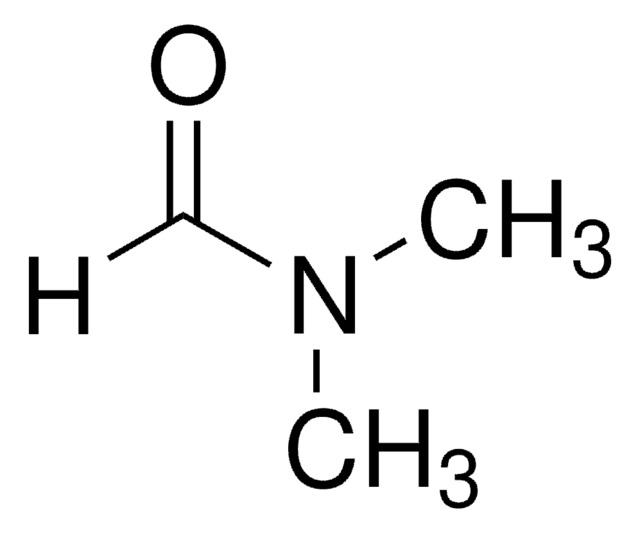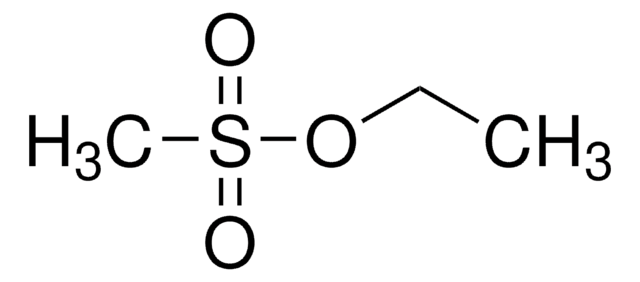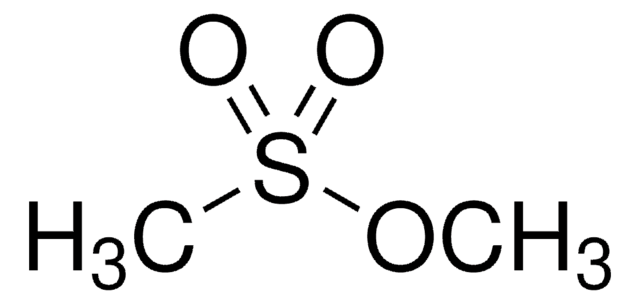SML3110
CRANAD-3
≥98% (HPLC)
Synonym(s):
(T-4)-[(1E,6E)-1,7-Bis[6-(diethylamino)-3-pyridinyl]-1,6-heptadiene-3,5-dionato-κO3,κO5]difluoroboron, CRANAD 3
Sign Into View Organizational & Contract Pricing
All Photos(1)
About This Item
Empirical Formula (Hill Notation):
C25H31BF2N4O2
CAS Number:
Molecular Weight:
468.35
UNSPSC Code:
12352202
NACRES:
NA.77
Recommended Products
Quality Level
assay
≥98% (HPLC)
form
powder
storage condition
desiccated
color
gray to black
solubility
DMSO: 2 mg/mL, clear (warmed)
storage temp.
2-8°C
SMILES string
FB(O1)(F)O=C(/C=C/C2=CN=C(N(CC)CC)C=C2)C=C1/C=C/C3=CC=C(N(CC)CC)N=C3
Biochem/physiol Actions
CRANAD-3, a curcumin analog, is a brain barrier penetrant smart NIRF (near-infrared) probe for both soluble and insoluble Aβ (amyloid beta) species in vivo. CRANAD-3 could be used to monitor the decrease in Aβs after drug treatment in transgenic AD (APP/PS1) mice. CRANAD-3 is suitable for in vivo dually-amplify signal via chemiluminescence resonance energy transfer (DAS-CRET) with ADLumin-1 a brain blood barrier penetrant smart chemiluminescence probe for Aβs
wgk_germany
WGK 3
flash_point_f
Not applicable
flash_point_c
Not applicable
Certificates of Analysis (COA)
Search for Certificates of Analysis (COA) by entering the products Lot/Batch Number. Lot and Batch Numbers can be found on a product’s label following the words ‘Lot’ or ‘Batch’.
Already Own This Product?
Find documentation for the products that you have recently purchased in the Document Library.
Jing Yang et al.
Nature communications, 11(1), 4052-4052 (2020-08-15)
Turn-on fluorescence imaging is routinely studied; however, turn-on chemiluminescence has been rarely explored for in vivo imaging. Herein, we report the design and validation of chemiluminescence probe ADLumin-1 as a turn-on probe for amyloid beta (Aβ) species. Two-photon imaging indicates
Our team of scientists has experience in all areas of research including Life Science, Material Science, Chemical Synthesis, Chromatography, Analytical and many others.
Contact Technical Service